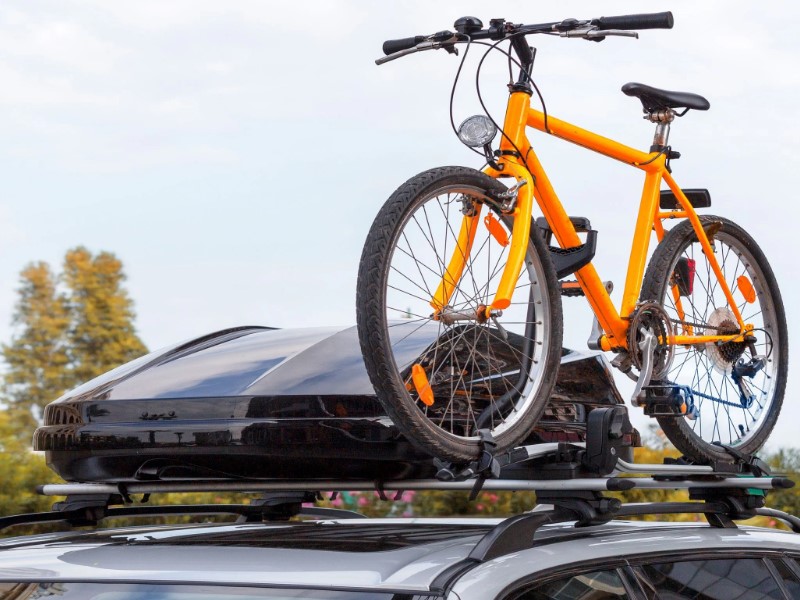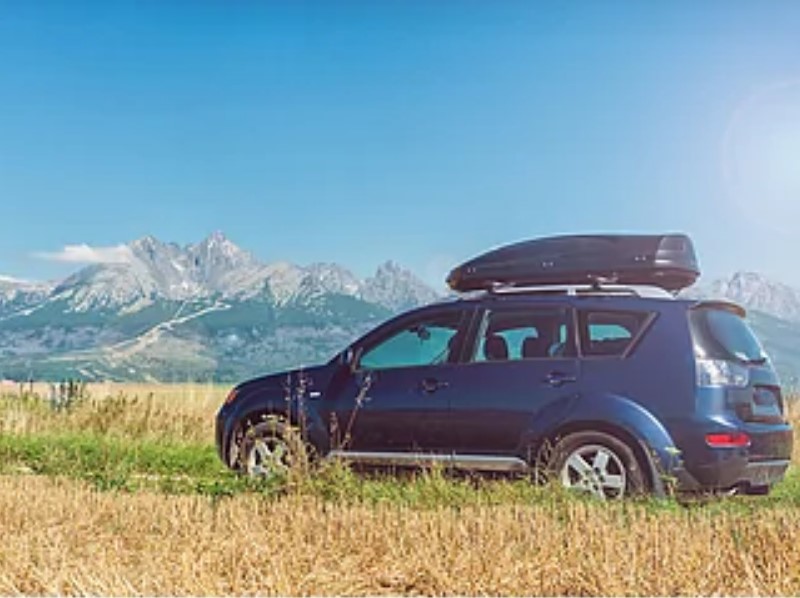If you’re thinking about roof bars as an external transportation system, there’s something you need to know. These bars fit onto the roof of your vehicle, using a variety of attachment systems but all are useful and good for the ultimate goal: adding space to carry things. Roof bars are perfect if you’re an RVer, cyclist, or just need to carry several things, as they allow you to load your bike, camping tents, bags, and other gear on them that wouldn’t fit in the trunk.
In this guide, we want to explain the different types of roof bars available and how you’ll be able to adapt them to your vehicle.
Table of Contents
Roof bars as an external transportation system
If you’ve chosen roof bars as your exterior transportation system, you may be wondering what different options are available.
For most cars, you’ll be able to choose from 3 main types of roof bars. Let’s see which ones
- Square bars – Traditional load bars
- Aerodynamic Bars – Made from lighter aluminum, these are more aerodynamic than steel bars, resulting in less gasoline being used. A system called “T-track” allows the full width of the bars to be used when mounting accessories.
- Thule Wing Bars – Exclusively from Thule, a well-known brand of auto accessories, Wing Bars are made of aluminum and incorporate a full-length T-track system. They are the quietest and most aerodynamic roof bars available.
How to choose the right roof bars for your exterior
Although many of the roof bars we see on the market universally fit most vehicles, you will still need to check compatibility and consider the specific properties of the bar type. For example, some roof bars may have a weight limit, so they may not be suitable for larger families who want to take everything (including the kitchen sink) with them on camping trips.

Then there are physical attributes like aerodynamics, wind noise, and ease of use. Choosing roof bars as an external transportation system is easy but still takes some thought.
Weight limits
Normally, roof bars as an external transport system have a weight limit printed in the instructions or directly on the package. They usually have a load capacity of 50kg to 100kg depending on the roof bar you choose. However, the roof of your car will also have a weight limit, which is normally less than this. Be sure to check your car’s owner’s manual before loading your roof bars, so you know that your roof can safely support the weight of the bars and cargo before you drive away.

Aerodynamics
Some roof bars like Wing Bars are made of aluminum and shaped to cut through the air, making them more aerodynamic than square steel bars. These roof bars will therefore make much less noise by creating less friction with the air.

The easiest way to choose roof bars as an exterior transportation system right for your car is to rely on the car manual or a dedicated professional.
Roof rails as an external transportation system: how to mount them?
Because cars come in all shapes and sizes, Withcar roof bars are sold in three separate parts: the bars themselves, the packages for the feet to attach to the bars, and the mounting kit, which connects the feet to the roof. If your car has open rails (factory-fitted roof rails), you may only need the bars and a footer pack. Many people then wonder if they can leave the roof rails mounted on the car.
Yes, you can. Especially if you are constantly transporting bicycles or equipment of various kinds. However, we recommend removing roof boxes when not in use for several reasons. In fact, some plastics deteriorate over time, suffering from direct sunlight. You also may not be able to take advantage of parking spaces with height restrictions if your rooftop box takes you over the edge.
If you want your roof bars as an exterior transportation system to last as long as possible, remove them and store them when not in use. The less exposure to the elements, the longer it will be before they need to be replaced.
Articles from the same category:
- Solutions for comfortable travel by car
- Everything you Need to Know about Roof Bars
- Luggage on board and car space
- Make the Right Choice Between Aluminum and Steel Roof Racks for Commercial Vehicles
- 57 Freddy & The Most Eye Catchy 57 Chevy on Earth!
- 3D Floor Mats and Rubber Floor Mats for Cars – Know What’s Best for Your Needs
- All about Recovery Strap and Tow Rope


